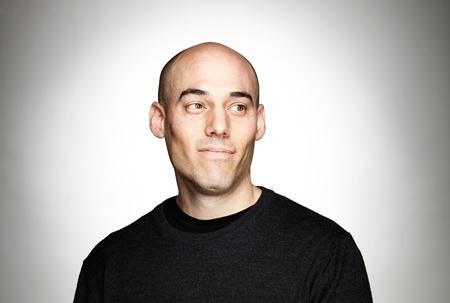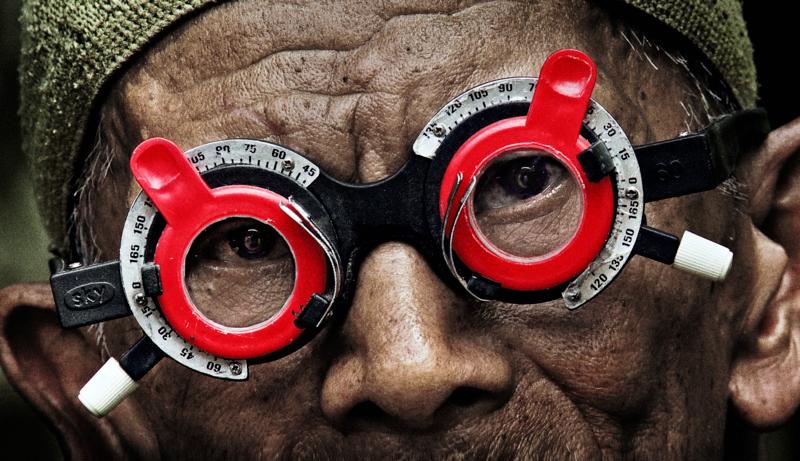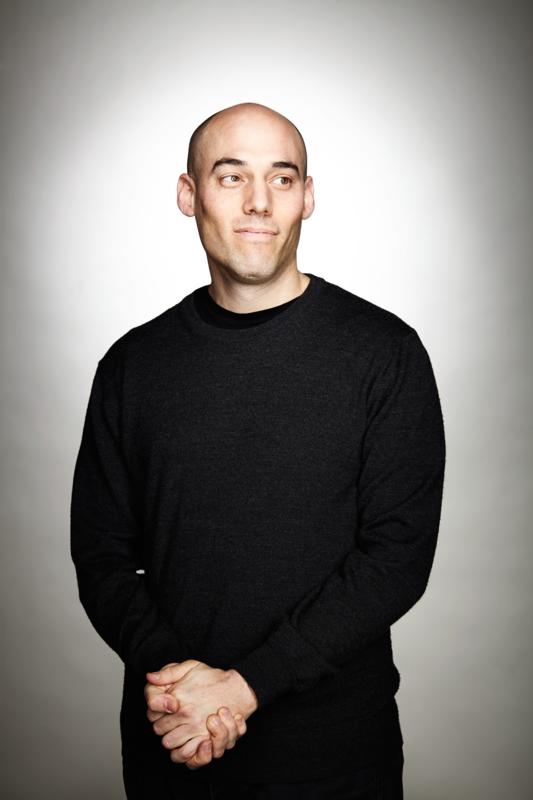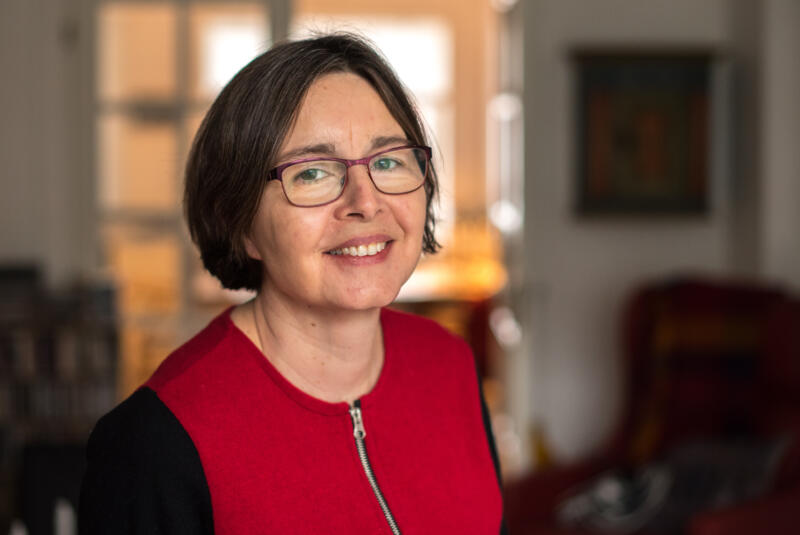How would you describe the audience's reaction to "The Look of Silence" at Venice Film Festival and later in Telluride and Toronto?
People seem deeply affected coming out of the film – moved and shaken. Of course, the audience was also moved by "The Act of Killing", but this is a different feeling. The film is so intimate. "The Act of Killing" is intimate as well, but it's an intimacy that makes the viewer uncomfortable, and is intended to. Here it's an intimacy we can embrace.
I think the most important part of the reactions in Venice, Telluride and Toronto was having Adi, the main character of the film, present in the audience. He wanted to sit through every screening. And afterwards, when the audience would clap, Adi would feel like finally his family's story and the story of the survivors in Indonesia – which had been buried in layers of silence and fear for 50 years – was being heard. I think it was both healing and overwhelming for Adi. And quite devastating.
In Venice, for instance, after the film's first public screening, Adi stood there in the spotlight by our chairs and simply broke down. The audience, I think, was moved to witness that, and gave Adi a standing ovation. Adi stood there crying and hugged me for the longest time, until he was finally able to leave the theatre. It lasted something like 10 minutes, with the audience standing and applauding him and his courage. It was the most powerful experience that I have ever had in a movie theatre.
Why do you think these screenings were so extremely powerful?
One of the reasons, I think, is that although Adi fails in his mission in the film, the audience's presence, witnessing the film, means he succeeds in the end. He fails in the film, in the sense that he goes to meet these killers, hoping they will acknowledge what they have done is wrong, so that he can forgive them, and none of them can.
But the audience knows they are witnessing something unprecedented, namely a survivor confronting the perpetrators, while the perpetrators are still in power and where there is no possibility of justice, at least not for the moment. The viewers know that they are helping to deliver what the survivors are asking for. So the audience, I think, feels very active somehow in this film. They feel involved. They feel they are making history with Adi.
I think this is possible because Adi gives a space to the viewer, a character as quiet as he is. And mysterious. There is something mysterious about Adi, even to me, and I’ve known him for a long time. You have to imagine and put yourself in his shoes in order to feel him, to grab hold of him. I think that gives room for the viewers to make the film their film.
What happens to Adi and his family now that the film is out?
Well, one of the terrible ironies of the film is that a man who goes to forgive people actually should be treated like a fugitive as a result and find himself forced to move far from home to escape danger. In the film, Adi goes to meet people, hoping that when they meet the brother of their victim, they will recognise the fact that they killed a human being and realise that they've done something wrong and apologise. If they could do that, Adi felt he would be able to separate the crime, as it were, from the human being, as the criminal is no longer justifying his crime. And Adi would be able to forgive them. As he says to his mother in the film: he hopes to be able to live side by side with them as human beings instead of as perpetrator and victim divided by fear.
We have worked with Adi and his family intensively for six months before the film came out to try and make the best of this bad situation and help them build a life that is better in many ways than what they had in North Sumatra. They have had to move thousands of miles from home, to another part of Indonesia. Now they are in a community of filmmakers, journalists and human rights activists, people who are very supportive of what Adi has done through this film. His children are in much better schools than before. There are new opportunities opening up for the family. But it's also really sad that he should have to move away from home. Until there is truth, reconciliation, and genuine rule of law, the film cannot really have a happy ending.
Opening in Indonesia 10 November, what impact do you expect the film will have there?
The Indonesian premiere, open to the public, is taking place in Indonesia's largest theatre. It's being held by the National Human Rights Commission, a state organisation, and by the Jakarta Arts Council, a part of the city government. The fact that the film is being presented by the government, in public, makes this the single most important screening of either "The Look of Silence" or "The Act of Killing". I feel as though our love letter to Indonesia has not only reached its destination, but is finally being read aloud, by the state, the people.
A new president came to power in October, and he is far more progressive than the last (Joko Widodo is the first president not to have come from the military or political elite, ed.). So there's a chance he will embrace the film. Younger Indonesian, people who are not accomplices of the military dictatorship, nor survivors traumatised by what happened, but young people raising their children in a society that they would like to be a democracy, I think they will embrace the film and say, 'Look, we need to deal with our past.'
To me, Adi provides such a luminous example of how truth, justice and reconciliation are attainable, and what that might look like. He teaches us so much about why truth and reconciliation matter and the issues and traumas that invariably go with it.
"The Look of Silence", selected for Masters at IDFA, is produced by Signe Byrge Sørensen for Final Cut for Real.



